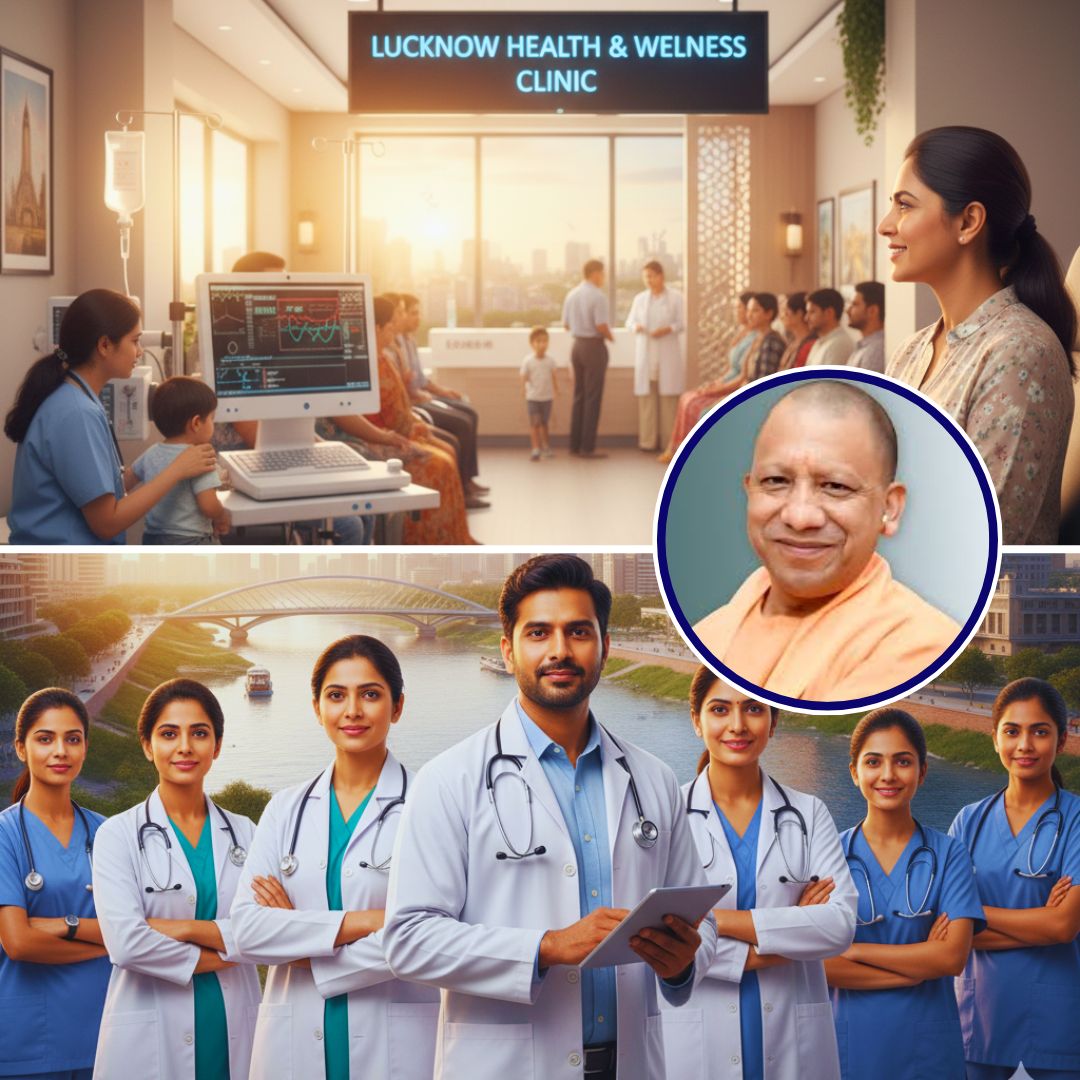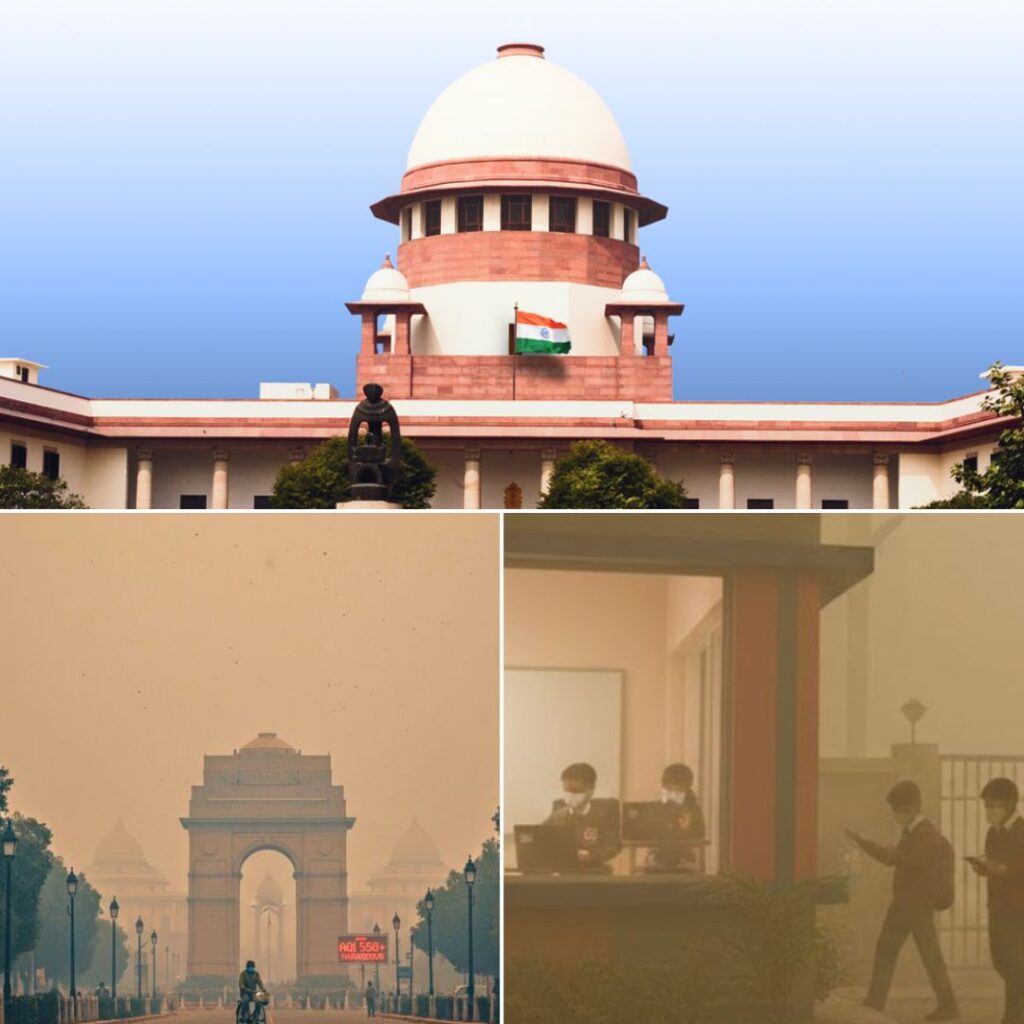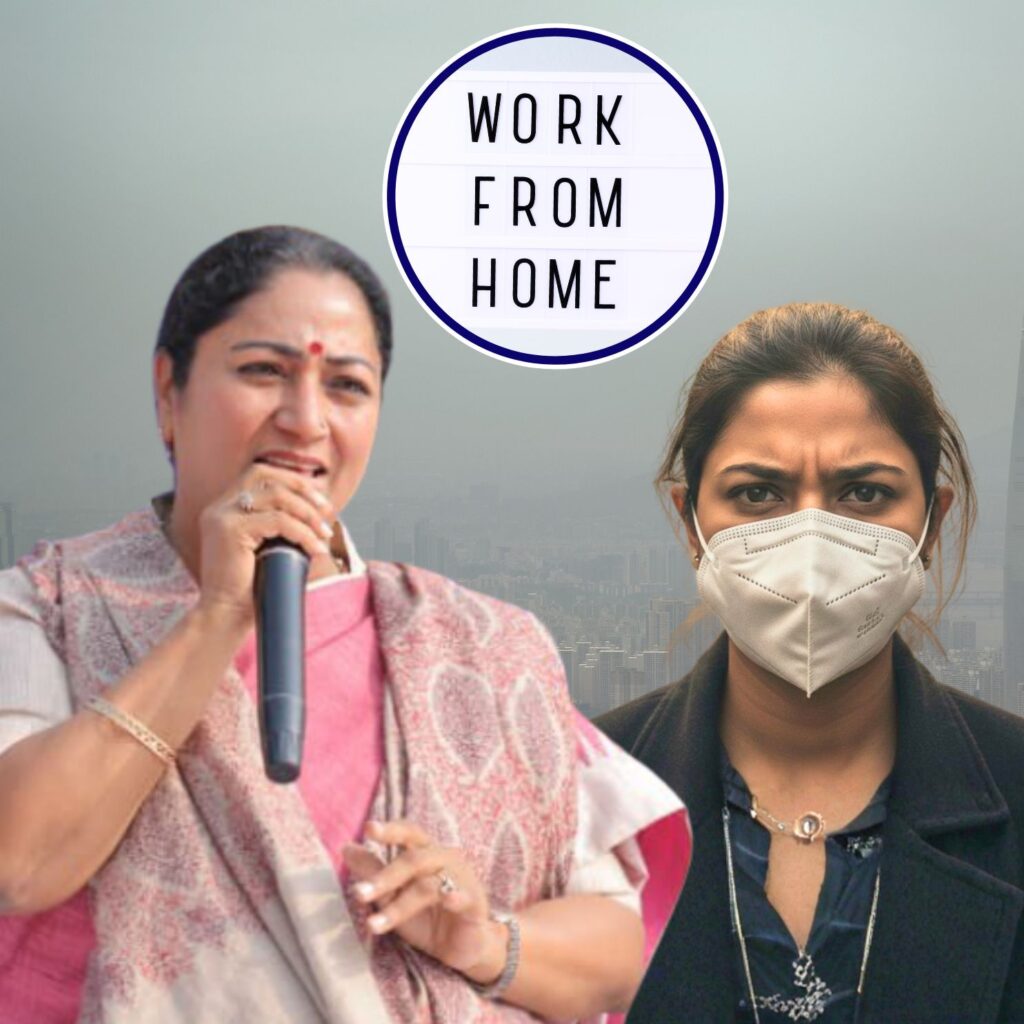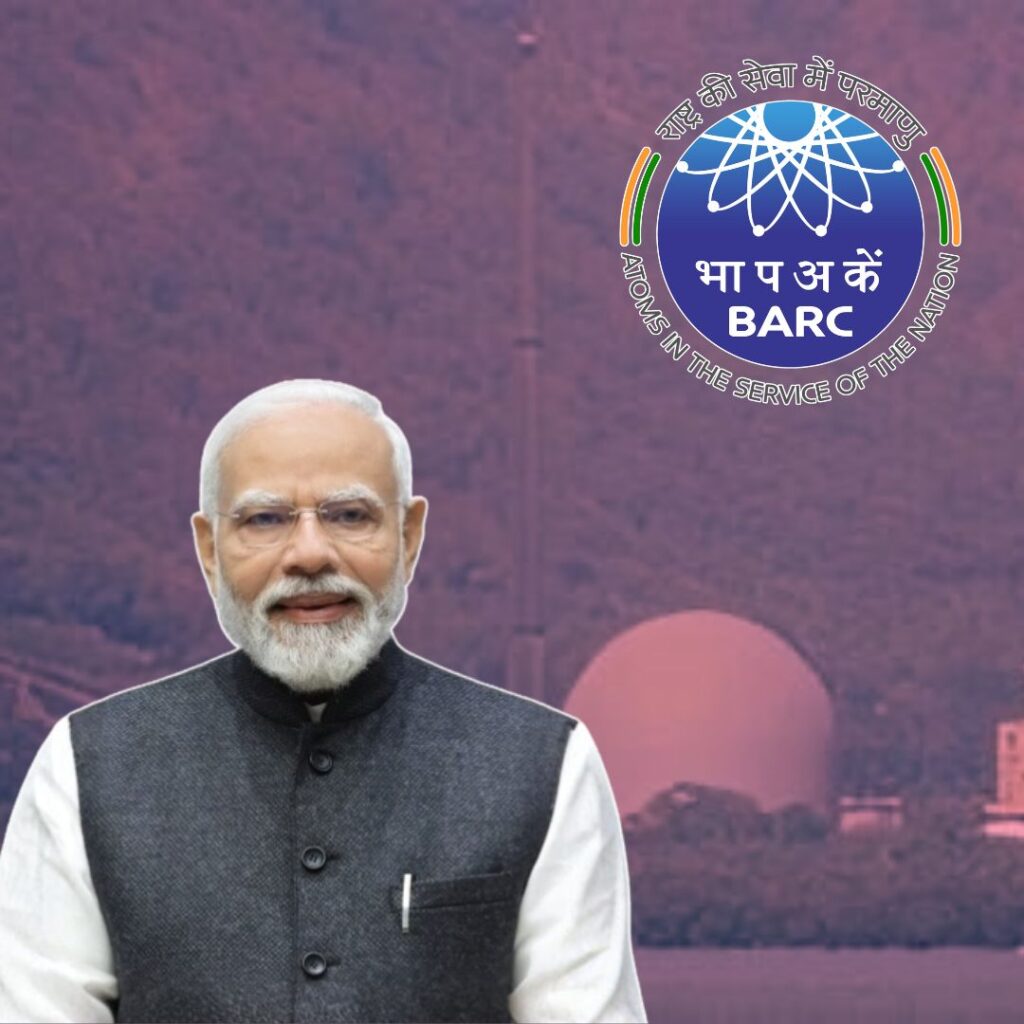Lucknow has witnessed a remarkable transformation in healthcare over 250 years, evolving from traditional home-based care under the Nawabi era to a thriving modern medical hub. In 2025, the Uttar Pradesh government unveiled a new five-year health policy aimed at establishing world-class health infrastructure.
This includes significant private investments such as Max Healthcare’s INR 2,500 crore project, government-backed electrification of 10,000+ rural health centres, and expansion of super-specialty hospitals. Officials stress that while rapid modernization brings advanced facilities, ensuring accessibility and affordability for all remains paramount.
A New Era of Healthcare Expansion
Lucknow’s healthcare infrastructure has expanded significantly in recent years, blending cutting-edge technology with patient-centred care. Key facilities such as Health City Vistaar, celebrating its first anniversary in August 2025, represent this ethos.
Founded by senior medical professionals focusing on ethical, accessible treatment, it offers over 300 beds and specialised ICUs. Meanwhile, Max Healthcare’s acquisition of Sahara Hospital is driving a Rs 2,500 crore investment to build a 500-bed super-specialty hospital with robotics and oncology on site.
The Uttar Pradesh government’s new health policy, approved by Chief Minister Yogi Adityanath, outlines a strategic blueprint with three models targeting urban municipal areas, district headquarters, and rural regions. The plans include establishing 200-bed super-specialty hospitals in major urban centres and district hubs while ensuring 100-bed general hospitals in rural and backward areas.
According to CM Yogi, “Access to affordable and quality healthcare is our government’s priority. By fostering public-private partnerships, we ensure innovation and inclusivity that will elevate healthcare standards across Uttar Pradesh.”
Strengthening Rural and Educational Healthcare
Beyond urban centres, the government has made remarkable strides in strengthening grassroots health infrastructure. Over 10,000 sub-health centres in rural districts have been electrified, vastly improving access to essential services. Diagnostic facilities such as CT scan centres and dialysis units are now available in almost every district, offering affordable care to kidney patients and others requiring specialised diagnostics.
The state’s commitment extends to healthcare education with the establishment and expansion of medical and nursing colleges, including Atal Bihari Vajpayee Medical University and revived ANM training centres. A workforce development system prioritises locals for recruitment in new healthcare facilities, linking graduating students with hospitals to meet demand for trained professionals.
King George’s Medical University (KGMU) remains a historic institution in this evolving landscape. During a recent inauguration of key infrastructure projects worth nearly Rs 1,000 crore, CM Yogi highlighted KGMU’s 120-year legacy of excellence and its role as a trusted destination for patients not only from Uttar Pradesh but also neighbouring states and Nepal. New facilities such as the Orthopaedic Super Speciality Centre, cardiology wing, and trauma centre expansion underscore ongoing commitment to advanced tertiary care.
The Logical Indian’s Perspective
Lucknow exemplifies a city where medical tradition meets technological progress, offering a blueprint for inclusive and compassionate healthcare. Despite impressive infrastructure growth and increased private sector participation, the real challenge lies in ensuring that affordability and access are not compromised. Equitable healthcare must remain a fundamental right, especially as the gap between urban and rural service quality threatens social cohesion.
As Lucknow takes confident strides toward becoming a world-leading medical hub, it must maintain an unwavering commitment to inclusive care that embraces all socioeconomic groups.











